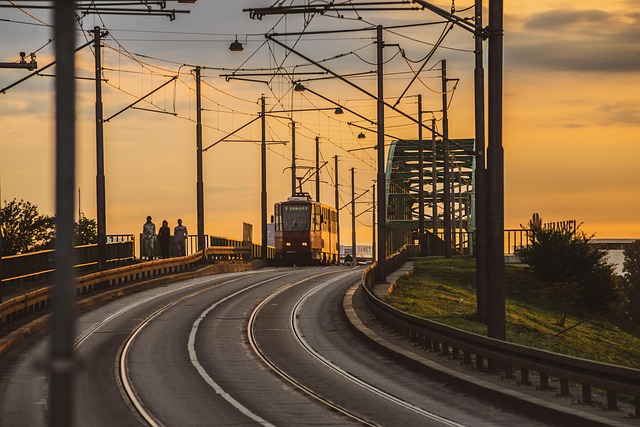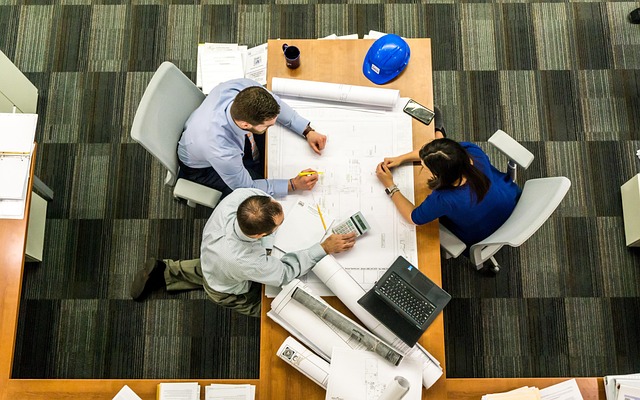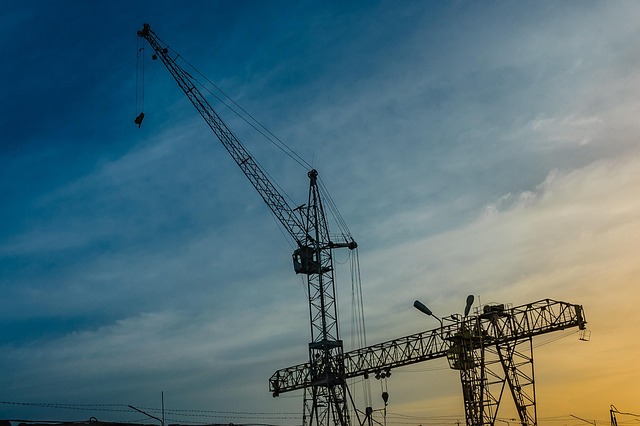The evolution of our cities and communities relies heavily on the backbone of our infrastructure: the transportation network. As we forge ahead into an era defined by innovation and sustainability, we find ourselves on the brink of a transportation revolution that promises to reshape how we navigate the world around us.
The traditional concepts of roads, rails, and airways are being redefined. With advances in technology, the transportation network is no longer limited to mere pavement and tracks; it has transformed into a multifaceted system that integrates various modes of transport, including electric vehicles, autonomous systems, and even hyperloop technologies. These advancements not only offer speed and efficiency but also significantly reduce our carbon footprint, aligning with the global push for more sustainable practices.
Imagine a future where commuting becomes seamless. Picture stepping out of your home, hopping onto a self-driving vehicle that knows the fastest route to your destination, all while you utilize your time productively—whether it be for work or leisure. This is the promise of innovative transportation networks that are tailored to our needs, ensuring that we spend less time in transit and more time enjoying life.
Smart cities are on the horizon, characterized by an interconnected transportation network that communicates with various infrastructure components. Traffic signals can adapt in real-time based on traffic flow, public transport can synchronize with ride-sharing services, and data analytics can help city planners optimize routes for efficiency. This interconnectedness is not merely about improving travel times; it fosters a greater sense of community by enhancing accessibility and reducing congestion.
Safety is another critical aspect of our evolving transportation network. With cutting-edge technologies such as AI and machine learning, we can develop systems that predict and prevent accidents before they occur. Enhanced communication between vehicles and infrastructure can ensure that potential hazards are addressed promptly, creating a safer environment for all road users.
Furthermore, as we explore alternative fuels, the transportation network is adapting to support charging stations for electric vehicles, hydrogen fueling stations, and more. These integrations will not only facilitate a faster transition to greener transportation but will also make eco-friendly travel more convenient for everyday users, promoting a culture of sustainability.
It’s important to recognize that the transformation of transportation networks is not just about technology; it’s about people. Enhancing the user experience remains at the forefront of these developments. Public outreach and engagement will play a pivotal role in ensuring the community’s needs are met. Infrastructure must evolve to be inclusive, accommodating the diverse populations that use it and prioritizing ease of access for everyone.
As we look to the future, the vision for our transportation network is one of innovation, safety, efficiency, and sustainability. Embracing this evolution will not only improve our daily lives but also pave the way for a thriving economy, healthier environments, and more connected communities. The journey toward this future has begun, and it’s exciting to think about the possibilities that lie ahead.




